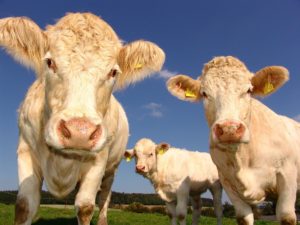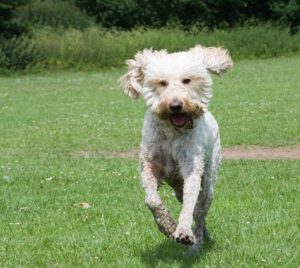So I was visiting a farm recently and I was standing near a fence where some cows were hanging out. I started thinking that if one of them actually took a run at me, I’d be in some trouble. I recently remembered watching a video about a girl who said she thought cows were great pets, but given their size, I had some doubts. I did a little research and here’s what I found out.
Cows are a common sight on many farms and ranches, and are an important part of agriculture. But did you know that cows can actually be dangerous? Well, yeah!
Physical Dangers of Cows
When it comes to physical dangers, cows are capable of causing serious injuries with their sharp horns and large bodies. Goring, or being poked by a cow’s horn, can lead to puncture wounds and internal injuries. And if you’re trampled by a cow, well, let’s just say it won’t be pretty. It’s important to keep in mind that cows are big and strong, so it’s important to treat them with respect and caution.
But it’s not just the general public that needs to be careful around cows – those who work with cows, such as farmers and ranchers, also face risks. The physically demanding nature of the work, along with the animals’ size and strength, can make for a dangerous combination.
Behavioral Dangers
Now, cows aren’t aggressive animals by nature, but there are certain situations that can cause them to become aggressive. For example, cows may become protective of their young, or may feel threatened if they perceive you as a danger. It’s important to be aware of these potential triggers and to know how to safely interact with cows.
If you do find yourself in close proximity to cows, it’s important to move slowly and calmly, and to avoid making sudden movements. Also, try to avoid getting between a cow and her calf, and never turn your back on a cow.
Conclusions about hanging out with cows
Overall, while cows are not typically thought of as dangerous animals, they do have the potential to cause serious injuries. By understanding the physical and behavioral dangers associated with cows, and by knowing how to safely interact with them, you can reduce your risk of injury. If you’re interested in learning more about cow safety, there are many resources available that can provide additional information and education.
Some options include:
- Government websites: Many government agencies, such as the United States Department of Agriculture (USDA) and the Occupational Safety and Health Administration (OSHA), provide information and guidelines on cow safety for farmers and ranchers.

- Professional organizations: Organizations such as the National Cattlemen’s Beef Association (NCBA) and the American Veterinary Medical Association (AVMA) offer resources and information on cow safety, including best practices for handling and caring for cows.
- Educational institutions: Many universities and colleges with agricultural programs offer courses and resources on cow safety, including information on proper handling techniques and emergency response.
- Online resources: There are a number of online resources available, including articles, videos, and blogs, which provide information and tips on cow safety.
- Books and publications: There are a number of books and publications available on cow safety, including those written by experts in the field, which provide in-depth information on best practices and guidelines for working with cows.
It is always a good idea to check the credibility of the source, so you can be sure you are getting accurate information.
I’m not going to lose any sleep worrying about random cow attacks, but I think I’ll stay on the other side of the fence.
Back to Personal Narrative home.



